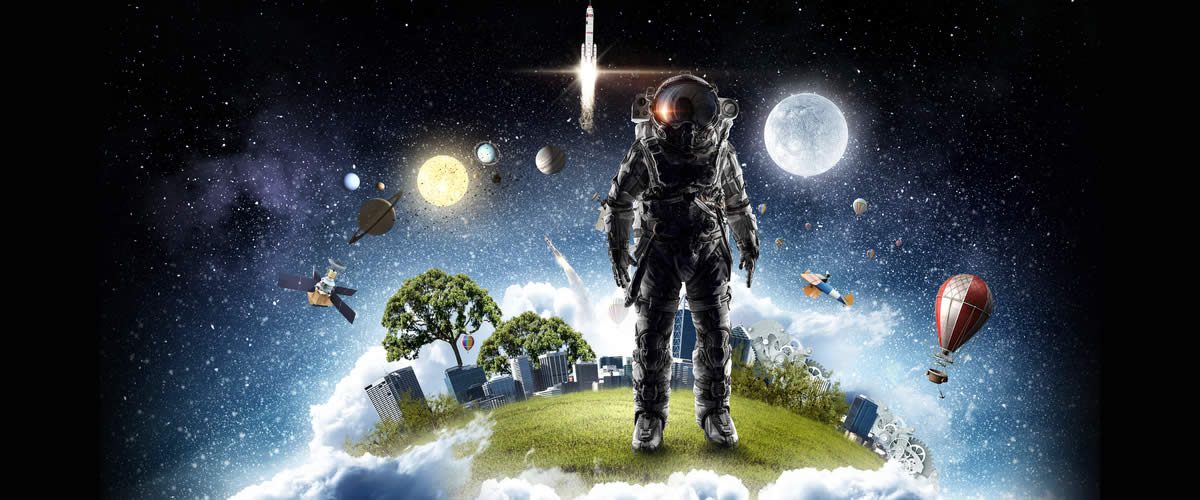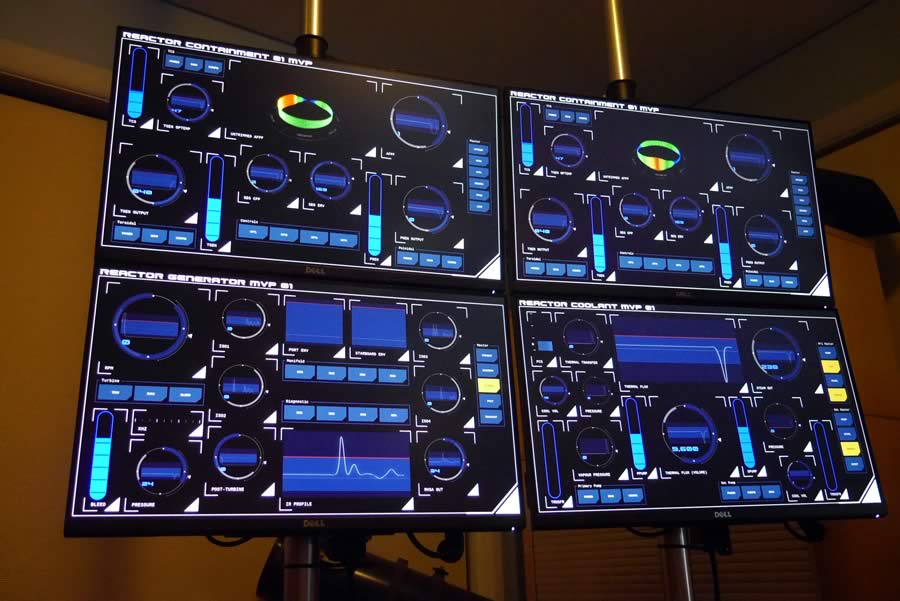
Emerging tech such as VR offers potential as a highly compelling storytelling environment. But how do you keep the experience compelling week after week without a vast team of developers? How do you deliver regular story updates while still allowing audiences to participate in the action and even collaborate with each other to drive the storyline?
To meet these challenges, we’ve teamed up with technology, design and editorial pioneers to combine immersive tech with TV production and game-based collaboration, creating an immersive storytelling platform.
What is Immersive Storytelling?
Immersive storytelling allows viewers to become participants in ongoing storylines. It is a fusion of television and gaming experiences: a live-action presentation with actors and story-arcs much like television, but with multiple plot options and participant decision-making like games. Everything happens live-to-air, which allows viewers to directly interact with the story. The action can be presented on a big screen with engagement via second-screen gameplay, or in a VR environment as 360-degree video overlayed with AR-style interfaces.
Everything is driven by a simulation platform, which provides realistic responses to the actions of participants. Within the broad framework of the concept participants can do anything – for example, where in the galaxy a starship can travel is limited only by its maximum speed, not a pre-defined list of destinations. Instead, participants are guided by plot stimulus provided through the environment.
A simulation platform’s ability to respond beyond a pre-defined set of actions delivers a highly adaptable storytelling environment. A game is typically constrained to a single storyline with a limited range of plot options for reaching the conclusion - essentially a walled garden, narratively speaking. A simulated environment can be reused again and again for new episodes across different plotlines and even across different formats.
Matt Moran is the venture’s media lead. “Science-fiction was an obvious initial application for this kind of story-telling,” he says. “While our first storyline is about deep space exploration, there are so many other concepts we can see being delivered in either live-action or fully virtual environments.”
Unique UX Challenges

This presents the challenge of making systems sophisticated enough to be realistic yet simple enough to operate. Interface design is a critical part of achieving this. Complex information must be presented intuitively, with interfaces operated as easily on-camera as they can on a participant’s tablet or within VR environments.
To achieve this a unified Vessel Command, Control and Management System (VC2MS) has been developed which provides a drag-and-drop design interface for creating consoles. Users can choose from a library of control and data widgets which they can combine to create the console they need, optimised for touchscreen environments and for later VR versions.
Continuous Evolution
Even if you have the best concept imaginable when your first episode goes live, storytellers and participants can always imagine more. The immersive storytelling platform must be adaptable and expandable to meet new story requirements. It should also be able to incorporate improvements suggested by participants who are deeply engaged in the concept and know it almost as well as its creators.
“We’re anticipating new features and even whole new systems will be contributed all the time,” says Moran. “The platform allows users to pop the hood and work with systems in a point-and-click environment. For example a new impulse drive component suggested by a user could be dropped in to improve the ship’s performance without any coding required.”
Tackling the challenge of immersive storytelling led us to develop a highly adaptable platform that brings home-based participants into the action on a continuous, episodic basis. Even though the first concept to use this platform is science-fiction, we’re realising how much our work has delivered technology and design innovations with real-world application.
Which is hardly surprising. Rocket science has a long history of driving innovation.
For more information on the science-fiction concept visit the Endeavour Mission website.
